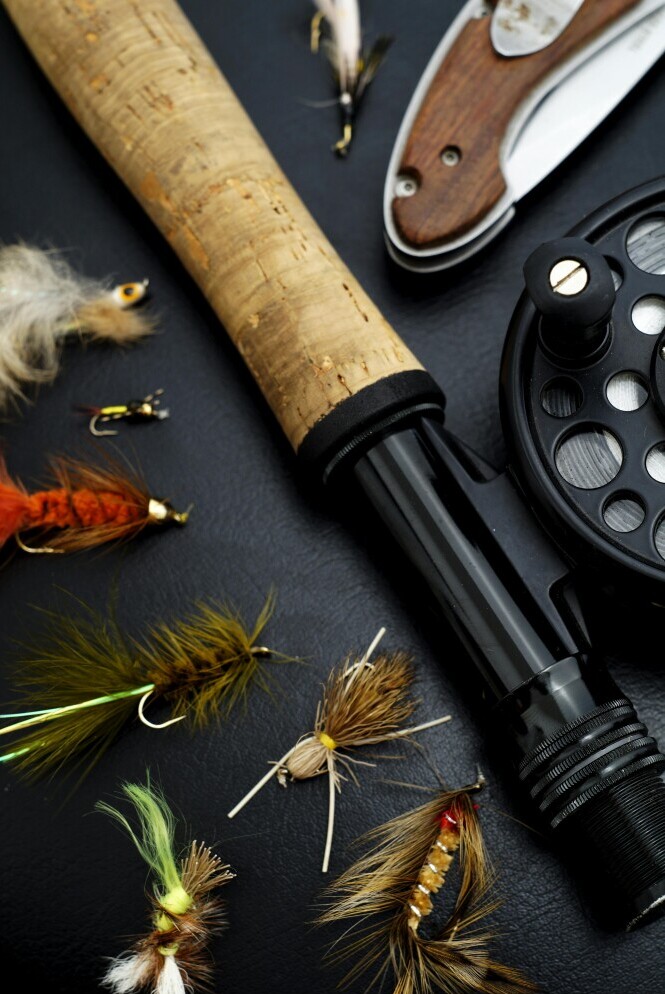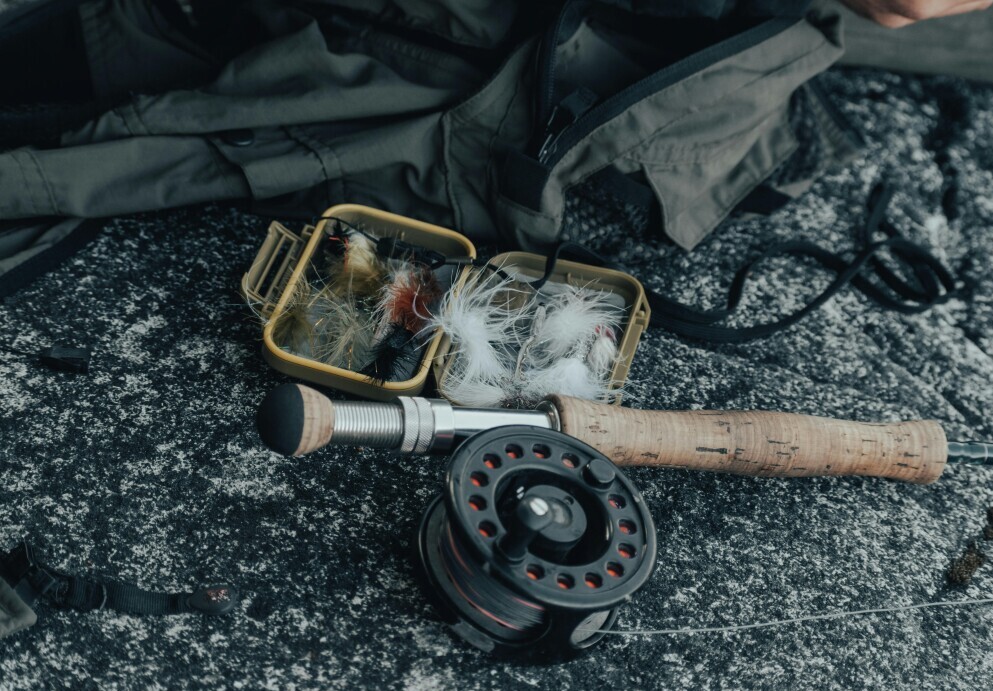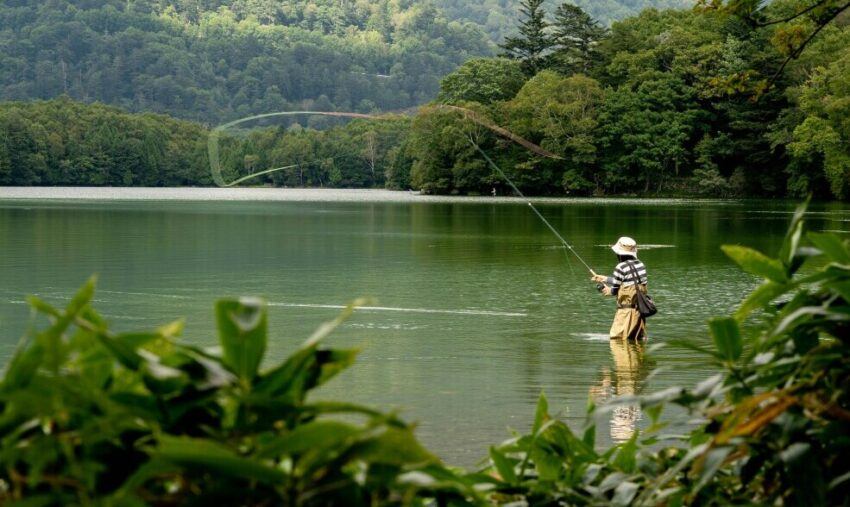Fly fishing’s got this really cool vibe, and believe me, it’s not just about catching fish. It started way back in the day, like hundreds of years ago, when people figured out how to fool fish with fake bugs. It’s evolved into this awesome blend of sport and art, and that’s why folks keep coming back to it.
Now, what sets fly fishing apart from, say, your regular bait-and-tackle scene is all the technique involved. You’re not just chucking worms into the water; you’re flicking a line that’s delicate, trying to mimic an insect. Sounds tricky? Well, maybe a bit at first, but that’s part of the fun!
What’s super cool about fly fishing, especially if you’re new, is how it connects you with nature. Beyond just being a great excuse to hang by the water, it lets you unplug and get in tune with your surroundings. Whether it’s a serene lake or a rushing stream, fly fishing brings this kind of meditative escape that’s hard to find elsewhere.
And hey, let’s not ignore how fly fishing is more than just a hobby; it’s seriously good for your soul. The focus it requires helps clear the mind. It’s therapeutic, almost like a moving meditation, which is kinda perfect if you’re looking to chill out and find some peace.
Essential Gear and Equipment: Your Fly Fishing Toolkit
 When starting out with fly fishing, it’s all about getting the right gear that suits your style and the waters you’ll explore. So, what do you need to kick things off? Let’s break it down.
When starting out with fly fishing, it’s all about getting the right gear that suits your style and the waters you’ll explore. So, what do you need to kick things off? Let’s break it down.
Rods and reels are your bread and butter here. While there are endless types to choose from, don’t fret. For beginners, a medium-action rod, say around 9 feet, generally gives you good versatility. Pair it with a reliable reel that matches your rod weight—these two together are your perfect partners in crime.
Next up, let’s chat lines and flies. The fly line is crucial, acting like your best bud to get that fly right where you want it. Starting with a floating line might be your best bet—it’s easier to cast and works great for trout, which are often a beginner’s target. And when it comes to flies, stock up on a few basics that mimic local bugs and critters. Thanks to technology, fly designs just keep getting better.
When purchasing gear, budget is key. You don’t need the fanciest stuff to get in on the action. Check out local shops or even online stores—they often have starter kits that aren’t just affordable but solid quality too. It’s also a good idea to chat with store staff, who often fish themselves and can dish out invaluable advice for the spots you plan to visit.
Remember, equipment is just the start. As you get into it, you’ll realize how much these tools can enhance your experience. So take it slow, try different setups, and find out what feels comfortable for you.
Mastering Basic Techniques: Setting the Foundation for Fly Fishing Success
 Getting the hang of fly fishing techniques is where things get really interesting. It’s like learning a dance, where practice and patience truly pay off. Let’s tackle the essentials to set you on the path to victory.
Getting the hang of fly fishing techniques is where things get really interesting. It’s like learning a dance, where practice and patience truly pay off. Let’s tackle the essentials to set you on the path to victory.
Power Your Future with GoDaddy Airo™First off, casting is the heart of fly fishing. It can seem a bit daunting at first, but once you nail the wrist flick and the gentle arc of the rod, you’ll see your fly landing right where you want it. It’s all about timing and smooth, fluid movements. Watching a few tutorials can help, but hitting a local class or workshop might offer hands-on experience that’s gold for beginners.
Understanding fish behavior is a game-changer. Fish aren’t just randomly swimming around; they have patterns. Get to know what types of bugs or bait they go for in your chosen fishing zones. This knowledge transforms your fishing tactics and seriously ups your game.
Now, it’s easy to make a few blunders when starting out—like whipping the line too hard or scaring off fish with a big splash. But chill, even seasoned anglers had those moments. Practice and staying cool is the key. Start with local spots where you can hone your skills without pressure.
Don’t underestimate the power of patience in fly fishing. It’s a skill in itself. Sometimes, you’ll need to wait it out to get the bite you’re after. Consistency in practice not only hones your casting skills but refines your understanding of water and weather conditions, which also impact your success. Given time, you’ll start to see improvements and the experience will become even more rewarding.

